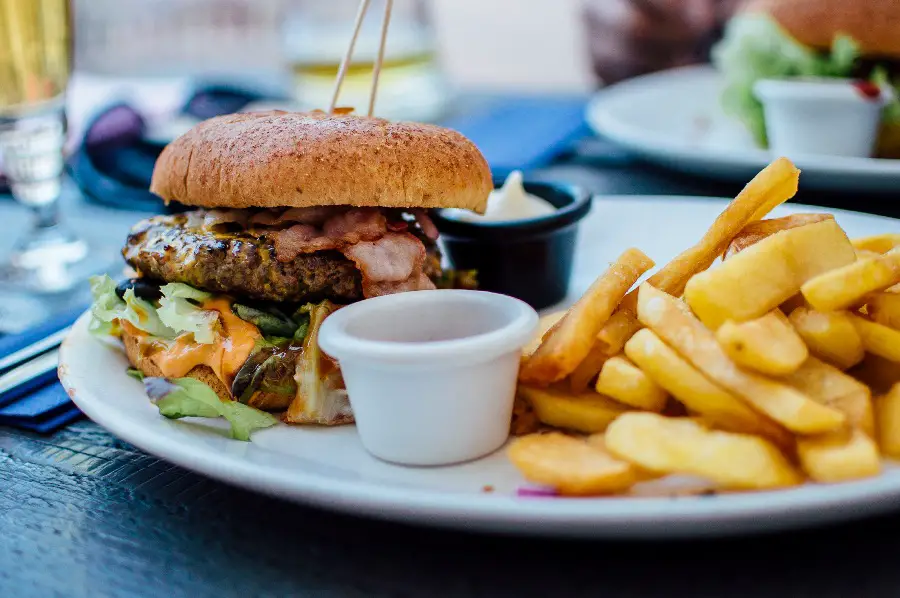
There are variations in the culinary profession.
For those who are not conversant with this factor, I felt to bring this to their knowledge.
In catering operations, we hear of these terms: commis chef, line cook, pastry chef, sous chef, executive chef, etc.
Have you thought of the term “continental cook”?
If you are a culinary student or are already in the catering occupation, and you’ve not had this term (continental cook) explained to you, read on!
The earth is a vast place with diverse ethnic people, and as a result of this, we have diverse cuisines.
In the modern-day world, advancement in technology has made it possible for people to move from place to place.
Importations and exportations have increased the knowledge of foreign food commodities.
India is a land of spice, and the food ingredients from their land have been spotted in different parts of the world.
“Having knowledge of your local food, and having to do a foreign cuisine, is a different thing altogether”.
Some chefs can cook their local food, but can’t do cuisines from outside their continent.
There are chefs who have made that effort to learn cuisines outside their local food.
There is a difference, when a chef, who is not Chinese, but has knowledge of “Chinese cookery”.
The knowledge of that chef will be different from the one who doesn’t know Chinese cooking.
So, you can see the discrepancy between these chefs.
Some caterers prefer to stick to the knowledge of their local cuisine, and not bother to know dishes outside their local food.
Europeans and North Americans love to travel the world, in fact, this has been the habit of their forefathers, who through explorations discovered certain places or regions of the earth.
Their colonization of certain countries has enabled them to establish relations with the governments of the nations they have colonized, as well as set up business investments.
You can spot Europeans or North Americans as tourists or travelers in different parts of the world.
An Indian cook has the potential to go beyond his/her local food and learn continental cuisine.
A Chinese cook, also, has the capability to move beyond their local food and do continental cuisine as well.
Furthermore, African chefs can go beyond their local cooking and acquire knowledge of continental dishes.

The Characteristics Of Continental Cuisine
Continental cuisine is the art of cooking by Europeans and North Americans. It is the same with Australia and New Zealand.
The cooking of this region has been handed down to them by their ancestors.
A career chef should make efforts to have knowledge of foreign cuisines, this will make your culinary skills more unique.
For those caterers outside Europe, North America, Australia, or New Zealand, having the knowledge of continental cuisine distinguishes your career as a chef.
A continental cook in Africa or Asia can cater to guests from continental nations when they visit restaurants in their country.
To better understand the cooking of this region (continental cuisine), we’ll look into these points that characterize their cuisine:
Stocks: Chicken, fish, beef, vegetables, etc., cooked separately in liquid are the source of stocks.
Broths are used for soups, sauces, gravies, stews, etc., and are the base for preparing their dishes.
In the present day, stocks are produced in powdered form and packed in containers, then sold in stores and supermarkets.
Liquid broths are also processed, and packed in sealed tight nylon materials. You can find these broths in stores and supermarkets.
Roux: This item is a combination of flour and butter cooked until it forms lumps or a sandy texture, and is used as a thickening agent for soups, sauces, stews, etc.
Sauces: Sauces are used for dishes like steak, fish, pork, beef etc.
Tubers: Potatoes are commonly found in this region and are a staple food.
Dairy Products: These items like cheese, milk, etc., are used in their cookery.
Meats: Pork, beef, poultry, etc., are eaten in this region.
Seafood: An assortment of seafood products like hake, salmon, squid, sole, etc., are widely eaten in this region.
Rice: Though the consumption of this product is universal, it is also eaten in those regions.
Pods: An assortment of these commodities are eaten in those regions.
Sweets/Dessert: This is another area that makes continental cuisine different from other ethnic cuisines.
Cold Food/Salad: Though this type of dish has gone international, continental countries are known for this dish.
Bread: An assortment of baked products are found in this region.
Note: Cooking in this region involves grilling, poaching, frying, cooking by dry heat (baking), steaming, boiling, etc.
The Continental Cook
A cook in this category is one who specializes in the cooking of continental dishes.
With the civilization of this age, caterers have the opportunity to learn dishes outside their local food.
While in Africa, Asia, or the Latin region, culinarians in those places can add to their knowledge of the cookery of continental food.
A chef in Africa, the Latin region, or Asia, who has this knowledge of continental dishes will have a unique resume.
Locally or internationally, a caterer with the knowledge of continental food will have an edge, in the area of jobs.
Chefs in New Zealand, Australia, North America, and Europe should endeavor to learn cuisines outside their region, as this will broaden their food knowledge.
The age we live in has provided opportunities for caterers to have knowledge of international cuisines.
Businesses are establishing restaurants, eateries, etc., serving ethnic foods at worldwide locations.
This is a development and trend of this millennial.
Food service has become widespread due to diversity in ethnicity or race.
Professionals in culinary work are on the path to ensure chefs seek to know ethnic food outside their local cuisines globally.
Culinary institutions are already on that path with subjects in their curricula teaching international cuisines.
So, the cooking of Europeans, North America, Australia, and New Zealand is continental cuisine. If you are a chef who does their cooking, you are a continental cook.

